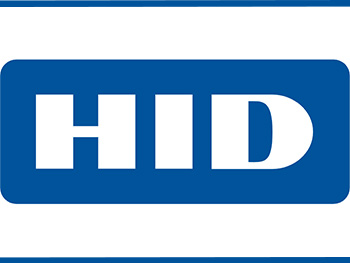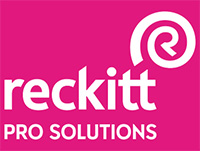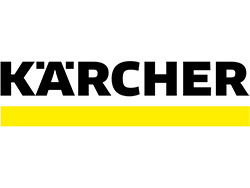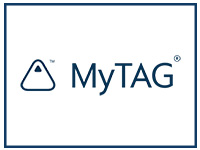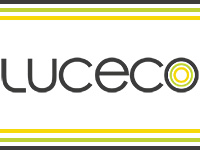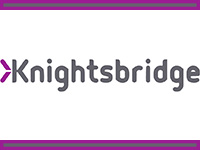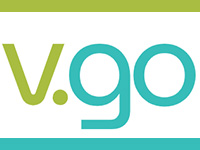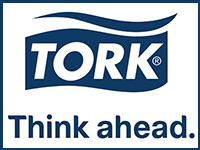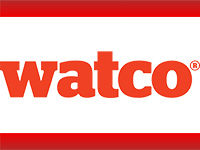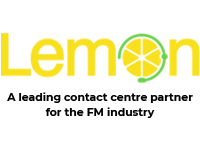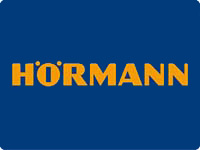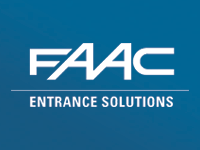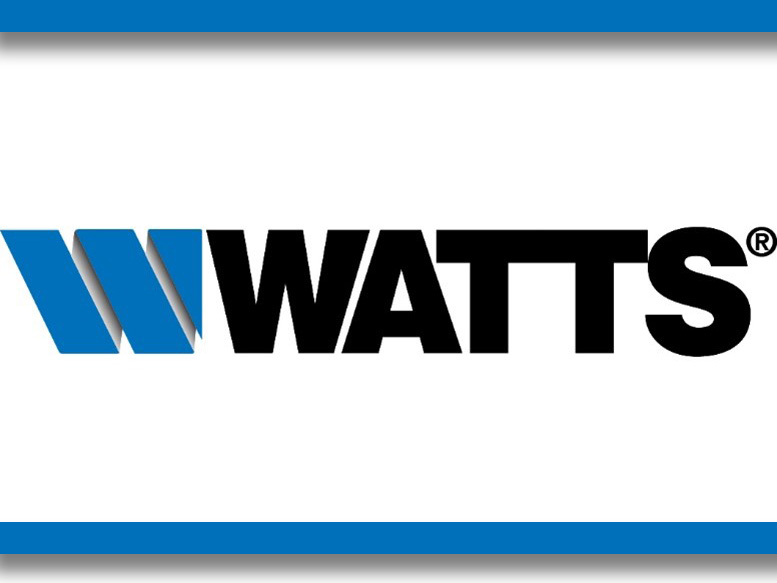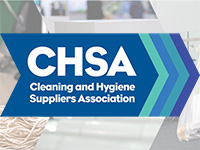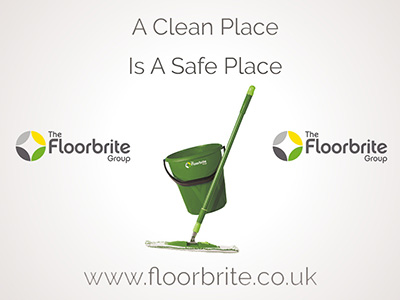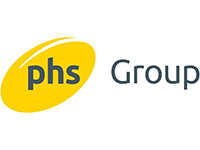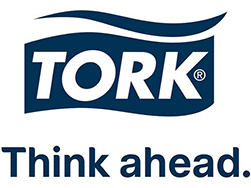The Cleaner, The Better:
Effective Strategies For Workplace Hygiene
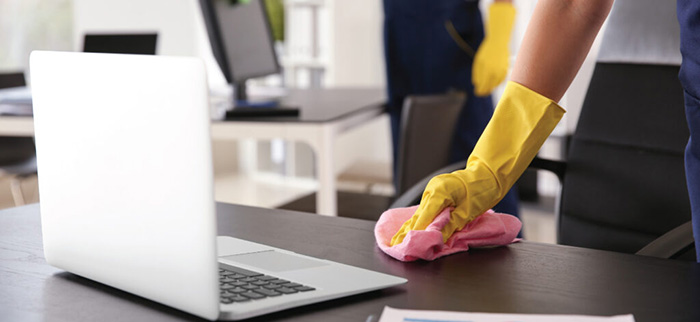
In an era where workplace wellbeing is paramount, maintaining a high standard of hygiene has become more crucial than ever. With the increased demand for sustainable cleaning products, businesses are now reevaluating their cleaning protocols to ensure a safe and healthy environment for their employees. This article delves into effective strategies for enhancing workplace hygiene, underlining the importance of sustainable practices.
Embracing Sustainable Cleaning Products
The shift towards sustainability has significantly influenced the cleaning industry, with a marked increase in demand for eco‑friendly cleaning products. These products, free from harsh chemicals, not only ensure the safety of the cleaning staff but also contribute to a healthier workplace environment. By adopting green cleaning solutions, businesses can minimise their ecological footprint, reflecting a commitment to environmental stewardship and employee health.
Implementing Regular Cleaning Schedules
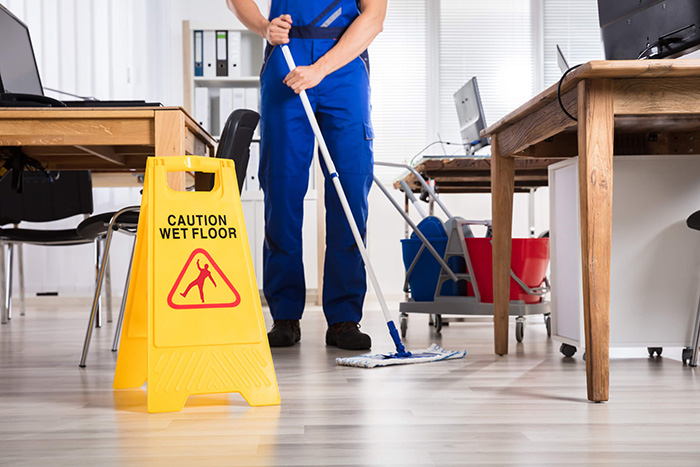
Consistency is key in maintaining workplace hygiene. Establishing regular cleaning schedules ensures that all areas, especially high‑touch points such as door handles, light switches, and communal equipment, are disinfected frequently. This systematic approach helps in mitigating the risk of germ transmission, fostering a culture of cleanliness and care within the workplace.
Encouraging Personal Hygiene
Personal hygiene plays a vital role in maintaining a hygienic workplace. Employers should encourage regular handwashing, the use of hand sanitisers, and the adoption of respiratory hygiene practices among employees. Providing adequate facilities and resources, such as handwashing stations and hand sanitiser dispensers, can significantly enhance personal hygiene practices within the workplace.
Investing in Training and Awareness
Education is a powerful tool in the promotion of workplace hygiene. Investing in training programs that educate employees on the importance of cleanliness, the proper use of cleaning products, and the implementation of hygiene protocols can lead to more informed and conscientious staff. Awareness campaigns can further reinforce the message, creating an environment where hygiene is everyone's responsibility.
Utilising Technology for Hygiene Monitoring
Advancements in technology have introduced innovative solutions for monitoring and enhancing workplace hygiene. From automated cleaning systems to hygiene monitoring apps, these technological tools can help businesses maintain high standards of cleanliness efficiently. Leveraging technology not only streamlines the cleaning process but also provides tangible data to measure hygiene standards.
Conclusion
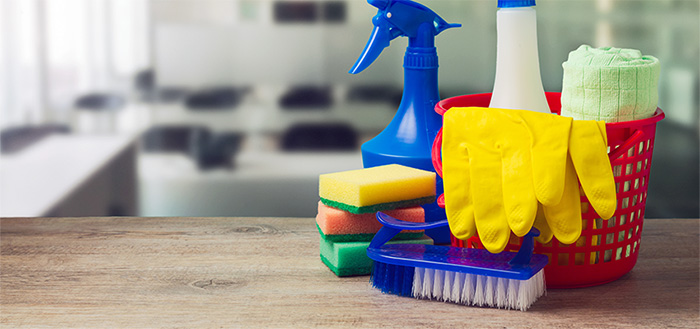
In conclusion, maintaining a high standard of workplace hygiene is essential for the health and safety of employees and the overall productivity of a business. By embracing sustainable cleaning products, implementing regular cleaning schedules, encouraging personal hygiene, investing in training and awareness, and utilising technology, businesses can create a cleaner, healthier work environment. As we move towards a more sustainable future, the demand for eco‑friendly cleaning solutions will continue to rise, underlining the importance of integrating green practices into workplace hygiene strategies.
'Maintaining impeccable workplace hygiene transcends mere cleanliness – it's about safeguarding the health and wellbeing of employees while ensuring operational efficiency. It's not just about reacting to hygiene needs but proactively setting a benchmark that aligns with the highest standards of workplace safety and productivity,' John T, Lean 5S Products.
You may also like: BCC Publishes Industry‑Backed Guide To Cleaning And Hygiene Terms














